
Keratosis
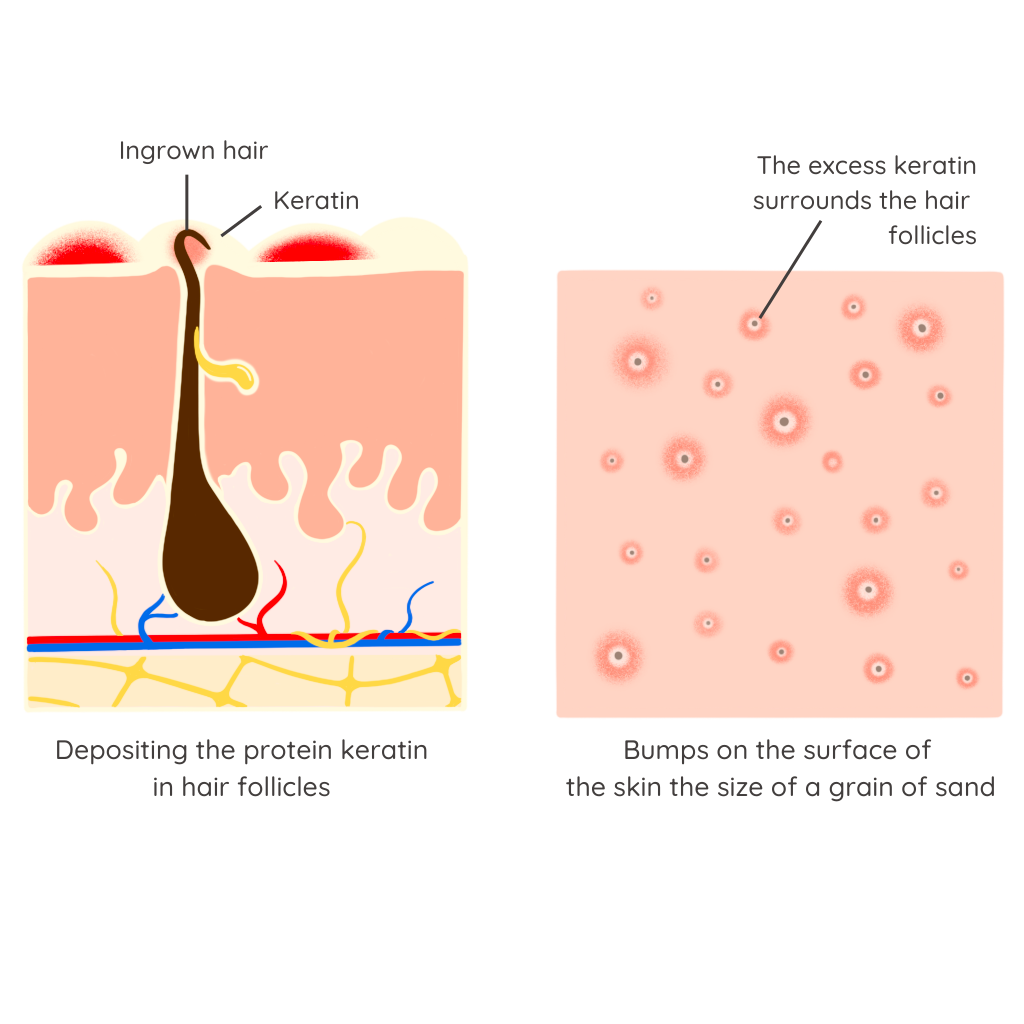
What is it?
Keratosis refers to a group of skin conditions characterized by the development of thick, scaly patches or growths on the skin. The most common types include actinic keratosis, which results from sun damage and often appears as rough, red, or brown spots, and seborrheic keratosis, which is typically benign and can appear as raised, wart-like lesions in varying colors. These growths are generally harmless but can be a cosmetic concern for many individuals. Factors such as sun exposure, aging, and genetics can contribute to the development of keratosis. Recognizing keratosis is vital for understanding its features and choosing the right treatment options when necessary.
Key Facts
- Keratosis Refers to Several Skin Conditions: The term “keratosis” includes different skin conditions like seborrheic keratosis, actinic keratosis, and keratosis pilaris, each with distinct causes and characteristics.
- Seborrheic Keratosis Is Harmless: These are benign, wart-like growths that appear with age. They are non-cancerous and treatment is only indicated for cosmetic reasons.
- Actinic Keratosis Can Be Precancerous: Caused by sun damage, actinic keratosis appears as rough, scaly patches and may develop into skin cancer if left untreated.
- Keratosis Pilaris Causes Rough, Bumpy Skin: Known as “chicken skin,” this harmless condition results from keratin buildup in hair follicles, leading to tiny bumps, often on the arms and thighs.
How long does it last? Does it Relapse?
- Depends on the Type of Keratosis:
- Seborrheic Keratosis: These benign growths are permanent unless removed. New ones may form over time, but treated spots typically do not return.
- Actinic Keratosis: These precancerous lesions may go away temporarily but often return if sun exposure continues. If left untreated, they can develop into skin cancer.
- Relapse Is Common Without Proper Care:
- Actinic Keratosis: Can return due to continued sun exposure, so sunscreen is essential.
- Keratosis Pilaris: Tends to fluctuate, requiring consistent exfoliation and hydration to keep skin smooth.
- Seborrheic Keratosis: Is not preventable and may appear more frequently with age.
Is it curable or treatable?
- Treatments Vary by Type:
- Seborrheic Keratosis: can be removed with cryotherapy, laser, or electrocautery.
- Actinic Keratosis: may require freezing, topical treatments, or laser therapy. Appropriate management will include an evaluation of cancer risk.
- Keratosis Pilaris: is managed with exfoliation and moisturizing treatments.
- Lifestyle & Skincare Help Manage Keratosis: Regular exfoliation, hydration, and sun protection can improve symptoms and reduce new lesions from forming.
- Consistent Skincare & Sun Protection Help Prevent Recurrence: While treatments can remove or reduce keratosis, ongoing care is needed to keep skin clear and prevent new spots from forming.
- Medical Treatments Offer the Best Results: While at-home care helps, professional treatments like chemical peels, laser therapy, and prescription creams can provide faster and more effective results.
- Treatment of Lesions Can Be Covered by Insurance: **Certain lesions with precancerous or cancerous risk factors require insurance companies to cover the cost of their management. We are happy to provide an initial evaluation and will recommend local dermatology clinics who may be able to provide free or reduced cost for management of high risk lesions.**
Before & After
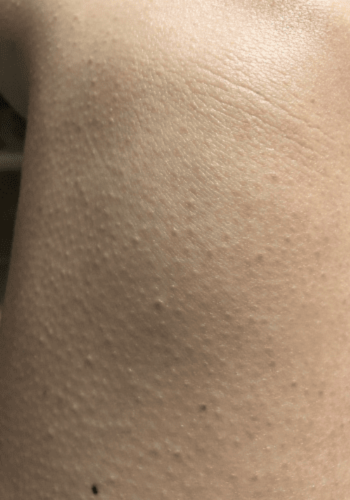
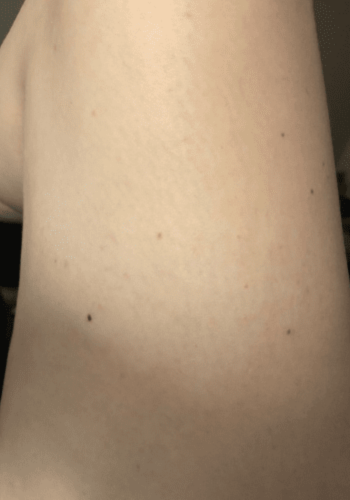
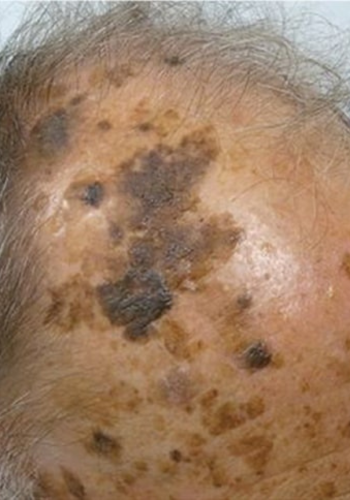
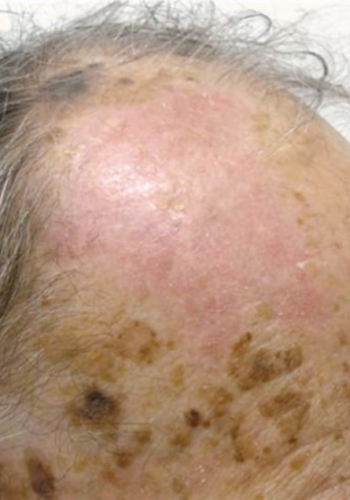
Our treatments
We combine medical and aesthetic expertise to create personalized skincare solutions using advanced laser and energy-based devices.

FAQ
Q: Can Keratosis turn into cancer?
A: Seborrheic Keratosis is benign (non-cancerous) and does not lead to cancer. Actinic Keratosis is precancerous and can turn into squamous cell carcinoma if left untreated.
Q: Is keratosis contagious?
A: No, Keratosis is not contagious. It is caused by genetics, sun damage, or keratin buildup in hair follicles, depending on the type
Q: Does keratosis cause pain or discomfort?
A: The lesions are typically not painful. They can become painful if irritated or if they become infected.
Q: Can diet or lifestyle changes help with keratosis?
A: Proper hydration will keep the skin from becoming dry. Besides this, there are no diets linked to Keratosis.



